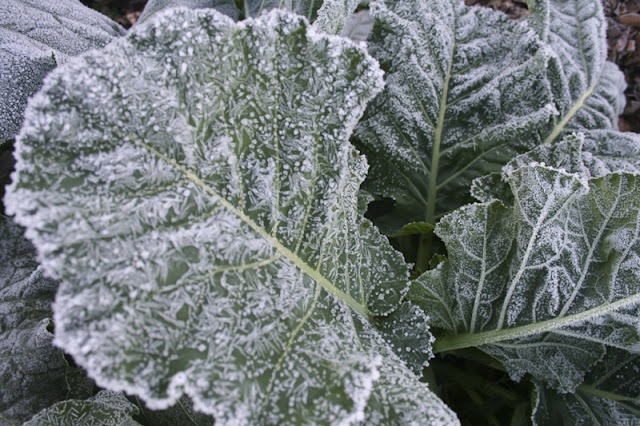Composting Made Easy
My method is simple. Once or twice a week, I take my small bucket full
of food scraps, empty the contents, and I bury them in the ground.
Use a shovel to chop up the pieces
into small, bite sized bits of food. Then mix a little soil in-between the food pieces before finally covering with
a good 8-12 inches of soil.
As long as
there is a good amount of moisture in the soil, the earthworms will find their
way to the compost material for consumption and digestion.
Leaves and grass clippings (organically
treated only) are also good items for composting.
People often ask whether the compost bucket smells
or if the buried compost material attracts rodents. Regarding the smell,
my compost is odorless as long as it can breathe and take in oxygen, it doesn’t typically smell. In the home, avoid placing and storing your
compost material in an airtight container, rather allow it to receive fresh
air. Leaving the lid off your compost bucket may feel counterintuitive, but in my experience, it works! To keep the rodents away from buried compost material, bury the
material deep enough so that rodents won’t be attracted to the food. Cover the compost with at least 8 inches of soil. Try it for yourself!






Comments
Post a Comment